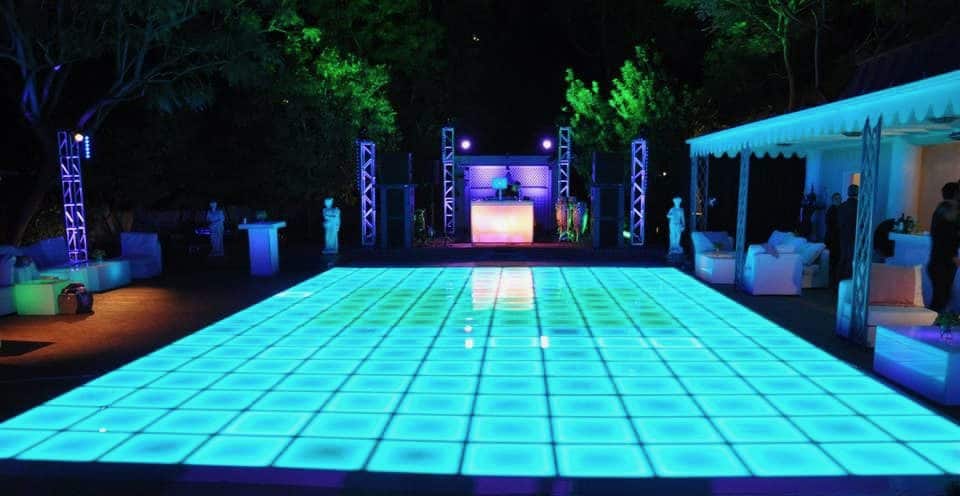Exploring the Versatile Substances That Transform Performance Floors into Stunning Aesthetic Experiences
Exploring the Versatile Substances That Transform Performance Floors into Stunning Aesthetic Experiences
Blog Article
Movement surfaces have evolved significantly over the decades, becoming more than just a space to dance to melodies. Currently, they are transformed into stunning visual experiences through the use of multiple substances and technologies. These materials not only improve the visual appeal of the space but also enhance the overall encounter for dancers and audiences alike. Comprehending the versatile substances that contribute to these dynamic settings can offer insight into the art of dance floor design.
One of the most common substances used in contemporary dance floors is LED illumination. Light-emitting diode lights are energy-efficient and can produce a broad range of hues and impacts. They can be integrated in the floor directly or used as part of a lighting setup over the dance floor. This innovation allows for coordinated light displays that can change in reaction to the melodies, creating an engaging experience. The capability to configure these lights means that they can be tailored to match different concepts or moods, making each event unique.
Another crucial material is reflective materials, such as reflectors or polished tiles. These surfaces can create an illusion of area and depth, making the dance floor appear larger than it is. When performers move, their images can add an extra layer of visual appeal, enhancing the complete performance. Additionally, mirror-like materials can engage with illumination impacts, amplifying the hues and patterns displayed on the floor. This fusion of light and reflection can enthrall audiences and elevate the vitality of the event.
In furthermore to illumination and reflective substances, the use of electronic screens has become increasingly common in dance floor design. These screens can display lively visuals, graphics, or even live feeds of the show. By integrating electronic innovation, event planners can create a multi-sensory encounter that engages both the dancers and the spectators. The ability to alter images in real-time allows for a dynamic atmosphere that dance floor wraps for outdoor events can adjust to the rhythm and energy of the melodies, making each moment feel new and exciting.
Furthermore, the selection of flooring substance itself plays a crucial role in the overall encounter. Traditional wooden dance floors are still favored for their strength and performance qualities. However, more modern materials like synthetic and rubber are gaining favor due to their flexibility and ease of maintenance. These materials can provide superior impact absorption, minimizing the risk of injury for dancers. Additionally, they can be crafted with multiple patterns and colors, allowing for creative representation in the dance floor's look.
In summary, the evolution of dance floors into breathtaking visual experiences relies on a mix of innovative substances and technologies. LED illumination, mirror-like surfaces, electronic screens, and customized flooring substances all contribute to creating an captivating environment for performers and audiences. As technology continues to progress, the possibilities for improving dance floor creation will only expand, making future occasions even more captivating and memorable. Comprehending these substances helps appreciate the artistry involved in creating environments where dance and music come together in unison.